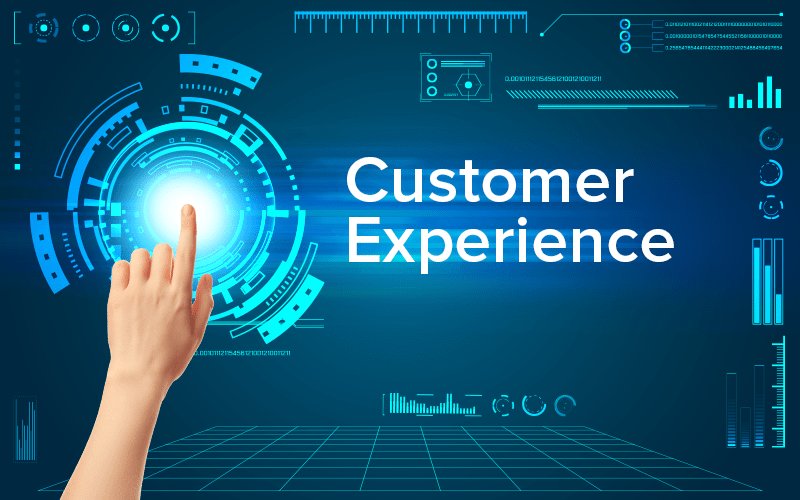
Over the past five years, data-driven sales and marketing strategies have gone from being an innovation to an essential part of doing business. As adoption of data-driven sales and marketing has become more widespread, the underlying technology has matured, and the strategies and tools used have become more refined. Here are three ways that technological advances have transformed data-driven sales strategies to make them sharper, more effective and more profitable.
Defining the Metrics that Matter
Sometimes, progress requires simplifying rather than adding complexity. One of the challenges with harnessing big data for sales is that there is so much data available and so many key performance indicators that can be tracked, each with dozens of metrics, covering company-wide performance, individual sales rep performance, pipeline performance, lead generation rates, conversion rates, outreach sales, productivity, sales ramp-up time for new representatives, software adoption implementation, and more. It’s easy to get bogged down in this mass of detail without ever translating information into action.
One benefit of the widespread adoption of data-driven sales is that sales professionals have gained a deeper understanding of which metrics are most essential for improving performance. For example, a sales manager should prioritize the following:
- Percent of team members achieving quota. Tracking this can help you determine whether your quotas are realistic, whether members of your team are under-performing, and whether your compensation packages are motivating your representatives.
- Average value per sales contract. This can help you determine whether you need to increase the size of your sales deals to reach a more upscale market or whether you need to downscale to reach more customers.
- Lead conversion rate. This lets you know how much lead generation activity your team needs to do in order to reach your revenue targets.
- Revenue. This can be broken down into sub-categories such as revenue from new business, upsell and cross-sell revenue, and revenue from contract renewals.
- Sales funnel leakage. This lets you know where prospects are dropping out of your sales funnel so that you can take steps to improve your conversion rates.
Focusing on these metrics will give you a strong foundation for effective data-based decisions. If you determine other metrics are relevant to your performance, you can add these as well, but it’s best to make sure you’re tracking the most essential KPIs before running the risk of getting bogged down in peripheral data that may not have as big an impact.
Automating KPI Tracking
Knowing which metrics to track is one challenge; actually tracking them is another. The most common but most inefficient way to track sales KPIs is to go into individual software apps, save the data, and copy the saved data into a spreadsheet for follow-up incorporation into a PowerPoint presentation. This is a tedious process that is prone to data entry error, wastes many hours of labor per reporting cycle, and shifts the emphasis from strategic application of data to the chore of data entry.
Fortunately, it has become easier to automate this process through advances in cloud technology and API integrations. By strategically determining which apps you will need to pull data from and selecting reporting tools that integrate with your data source apps, you can automate the process of KPI tracking and eliminate manual data entry. Work with your software providers and your data management team to determine the most efficient way to get the data you need into your reporting tool.
Putting Data to Practical Use
KPI data only becomes practical when it is translated into actionable reports. Here it’s important for your team members to know how to use your CRM interface to display key metrics at a glance. As CRM technology has advanced, reporting tools have become more user-friendly, making it easier to modify templates and create customized reports that highlight the data you need to know.
But the most sophisticated tools are limited by the knowledge of their users. As CRM analytics technology has advanced, tools have changed to keep up with the state of the art, and your team needs to know the latest updates to stay on the cutting edge. The best way to keep current is to sign up your key personnel for periodic continuing education courses such as Infor consultant training that covers how to get the most out of the latest CRM innovations in order to optimize your data-driven sales strategies.
Advances in technology have helped data-driven sales professionals become more efficient at pinpointing the most important sales metrics, automating KPI tracking, and translating data into practical displays and actionable reports. Keeping current with the latest data-driven sales strategies can help your sales team get the most out of your data in order to optimize your efficiency and maximize your revenue.

Founder Dinis Guarda
IntelligentHQ Your New Business Network.
IntelligentHQ is a Business network and an expert source for finance, capital markets and intelligence for thousands of global business professionals, startups, and companies.
We exist at the point of intersection between technology, social media, finance and innovation.
IntelligentHQ leverages innovation and scale of social digital technology, analytics, news, and distribution to create an unparalleled, full digital medium and social business networks spectrum.
IntelligentHQ is working hard, to become a trusted, and indispensable source of business news and analytics, within financial services and its associated supply chains and ecosystems





























